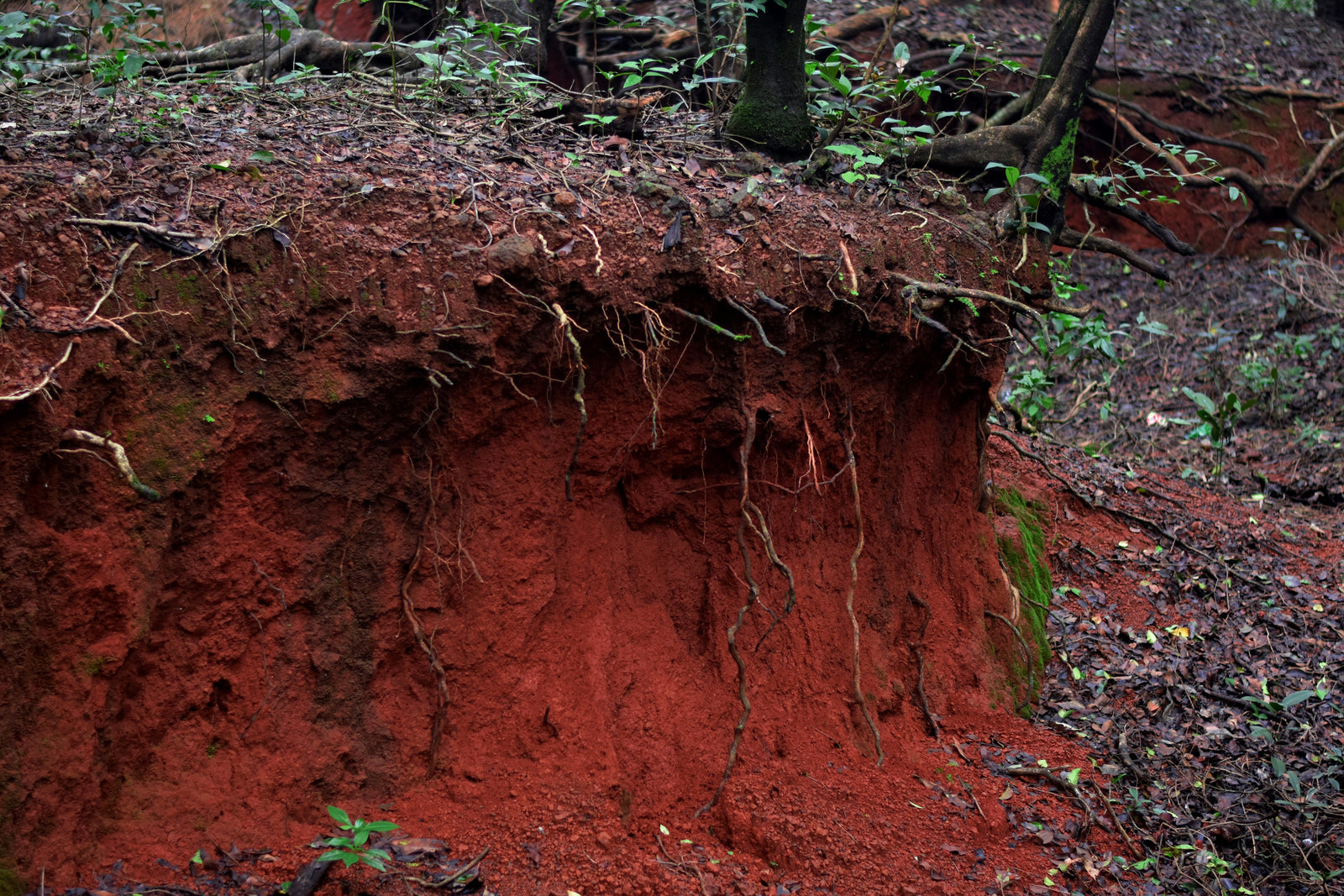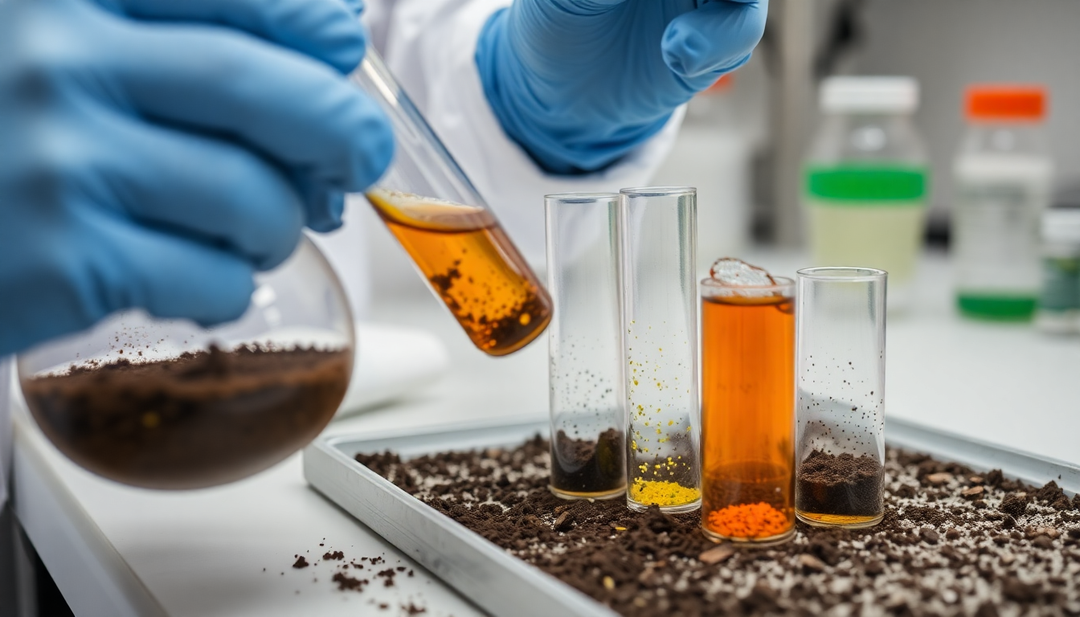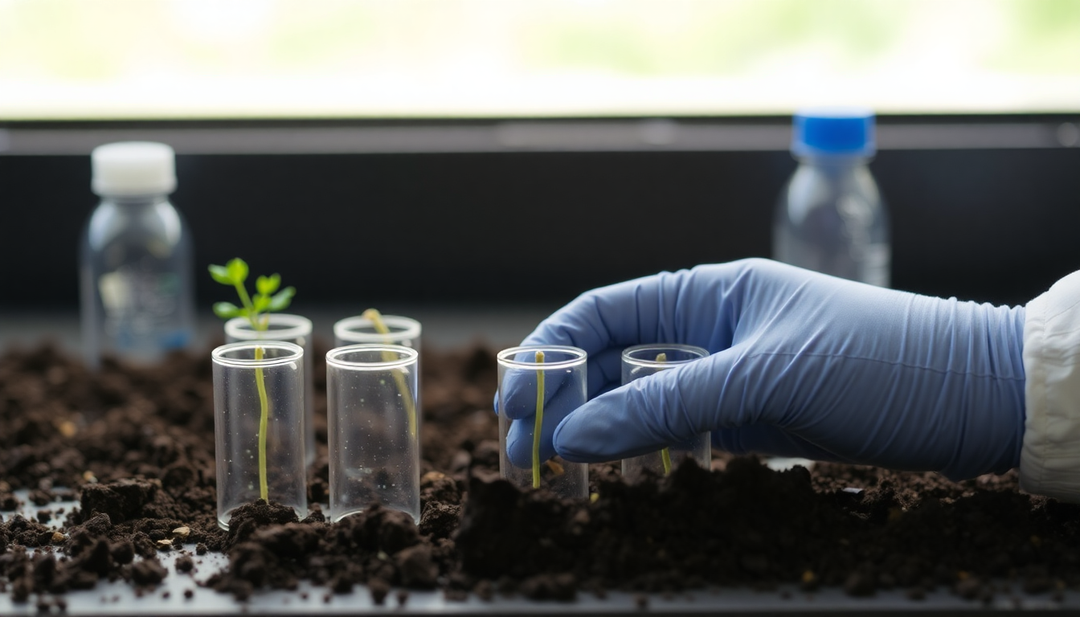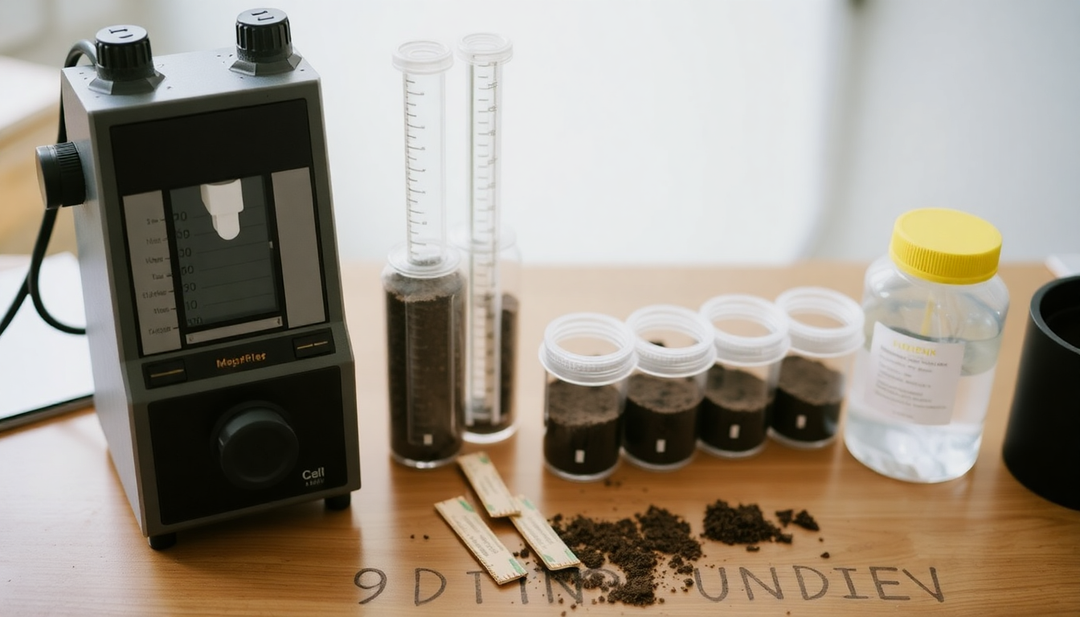Soil structure: How is it explained and how to measure it?

Understanding soil structure
Soil structure plays a vital role in plant growth and environmental sustainability. It influences water retention, root aeration, and the development of microbial life. Poorly structured soil, therefore, leads to poor drainage, reduced fertility, and increased sensitivity to pollutants, such as heavy metals. Therefore, analyzing soil structure is essential for sustainable land management and healthy crops.
Many factors influence this structure. For example, soil texture (clay, sand, and silt), organic matter, and biological activity play a key role. In addition, agricultural practices modify this composition. A well-structured soil has good porosity, promoting the circulation of air and water. As a result, soil particles aggregate into stable formations that are resistant to erosion.
Measuring Soil Structure
There are several methods for measuring soil structure, ranging from visual observation to more sophisticated laboratory analyses. Visual observation can provide an initial indication of soil structure by observing the presence of aggregates, their size, and shape. However, for a more accurate assessment, more in-depth analyses are required.
For a complete analysis, including the detection of pollutants such as heavy metals, we recommend the Soil Analysis: Pollution + Agronomics . This analysis allows us to determine the presence of hazardous substances such as heavy metals, PCBs, PAHs and other pollutants that may contaminate the soil. Contaminated soil can have serious consequences for plant health and even impact the food chain. Blood contamination by heavy metals absorbed by plants is a real risk that should not be overlooked. The image below illustrates the extent of the information obtained through this analysis:

For a more agronomic analysis, including assessing soil fertility, you can opt for Analyze Garden Soil . This analysis provides valuable information on texture, pH, organic matter content, and nutrient availability. The following image provides an overview of the type of information obtained using this option:

Heavy metal analysis is essential in industrial and agricultural areas. Pesticides and fertilizers can contaminate the soil. Through analysis, it's possible to measure their concentration and assess risks to health and the environment. Prevention plays a key role. Rapid intervention is also essential in the event of contamination.
Importance of soil analysis
In conclusion, soil structure analysis is an essential step for sustainable land management. Whether for a vegetable garden or a larger agricultural project, understanding the composition and quality of your soil allows you to optimize cultivation practices, prevent fertility problems, and protect the health of the environment. Don't hesitate to use the analysis services offered to ensure the health of your soil and the quality of your crops.
Pouryère's blog is also:
Our solutions



